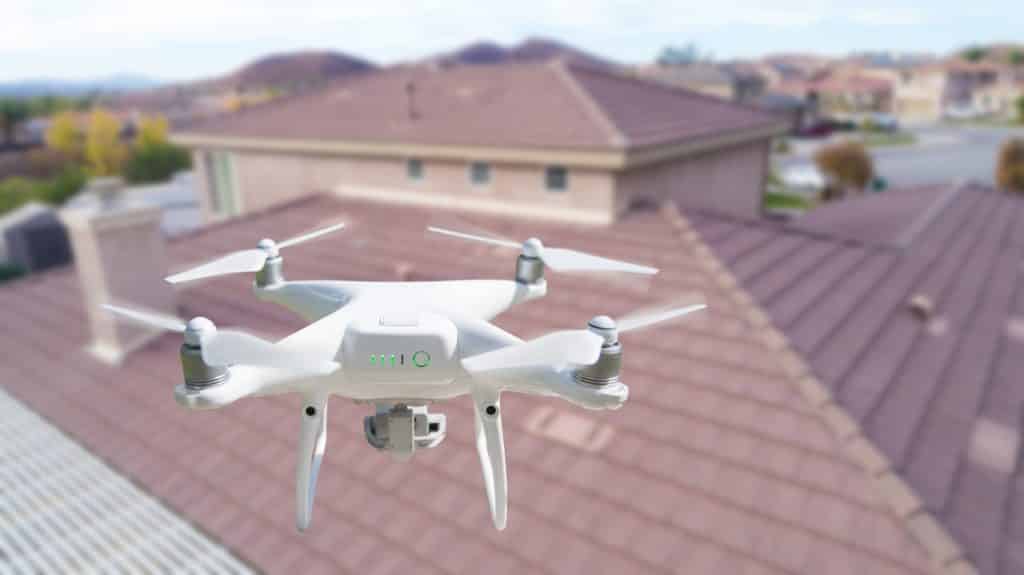
When inspecting, assessing, and repairing commercial roofing, it can often be difficult to get a full picture of actual conditions and what work needs to be performed. An on-site inspection can be done, however even professionals may not be able to detect small cracks and other problems that have not yet fully surfaced. The decision to replace an entire roof versus making limited repairs is not only about cost but also about having the correct diagnosis in order to maintain the structural integrity of the roof. Fortunately, drones and infrared imagery has made it possible to take the guesswork out of these decisions.
How Do Drones Help With Roof Inspections?
Drones serve two functions for roofing inspections – they allow for visual inspection with photos and also capture infrared scans that can determine inconsistencies in the roofing material. By using military grade infrared technology, essential information can be gathered to assist significantly in determining the most efficient and economical solutions.
When considering replacement versus repairs, a roofing professional must determine the amount of wet insulation and trapped moisture. This is typically done with a walkover assessment, but the results are not always accurate due to the challenge of checking every inch of a roof. A drone is able to view the entire roof at once from different angles, then allowing a professional to return and physically mark the areas on the roof that need improvement.
In some instances, buildings are not accessible by ladders, and the visuals that can be gathered using a drone are the only way to inspect the roof. It is possible to use a lift in some cases, however there are many parts of a roof that can be difficult to access. The high-quality visuals from the drone allow diagnostic capabilities that would otherwise be impossible. This therefore allows inspectors to gather a more comprehensive assessment compared to walking across the roof. By utilising a drone, the inspector can capture aerial photos with 20-mega-pixel resolution, which specifies details that cannot be seen with the naked eye.
Cost Cutting Drones
The cost saving element of utilising a drone happens as the infrared scan pinpoints the exact location of the damage in comparison to the healthy aspects of the structure. A minor replacement of wet areas, in order to add dry insulation and fill the voids created, costs considerably less than a full replacement. Plus, the smaller repairs will preserve any remaining warranty on the existing roof system.
The use of drones and infrared technology significantly reduces costs for facility management teams by helping to conserve their time and money. The aerial scope and heat sensors of drones are arguably the most cost-effective diagnostic tool for commercial roofing assessment, maintenance, and repair. The technology pinpoints structural problems faster and with more efficiency than a walkover assessment, thereby eliminating uncertainties in estimates and budgeting. Drones and infrared technology are poised to become an increasingly essential tool in the future of commercial roofing.
Coverdrone’s Commercial Drone Insurance Policy
Coverdrone’s commercial drone policy would cover all the risks attached to a commercial roof inspection, including flexible periods of cover and limits of public liability. Visit our website to obtain your quote, or contact a member of the team.
